The article is the third part of the Dr. Abhay bang's speech on Mohandas Karamchand Gandhi. At an event, in his speech he brought to light Why Mahatma Gandhi was not anti-science, infact he himself was a science. On the Birthday of Bapu, Kartavya Sadhana is publishing Dr. Bang's Speech delivered for Frontiers of Humanity’ lecture series under the ‘Gandhi, Science’ lecture series at Indian Academy of Sciences. The speech is converted into article form and divided into 3 parts. The article emphasizes on Gandhi's principle of Non- violence and his pro-science theories.
The Science of Non-violence
For Gandhi, non-violence was the path to know the truth, to reach the truth. You can’t be violent with truth, force your wishes, your ego on truth. It is like being objective with your data. If you commit violence on your data, you can’t hope to know the truth. For Gandhi – the scientist of life – non-violence was absolutely essential to reach the truth – even in the political and worldly life. If it was so, what was the science underlying non-violence?
Today, we remember Gandhi for his non-violence, for his Satyagraha. His non-violence was very effective - against the white people in South Africa, against the British in India, against the communal riots in Calcutta. In the words of Lord Mountbatten, what an entire company of army couldn't do, this one frail old man could achieve; establish peace in Calcutta that was burning with communal fire. Gandhi was followed by Martin Luther King, resulting in a black man, Obama, becoming the president of the USA. Nelson Mandela followed Gandhi and won freedom for South Africa. They all followed Mahatma Gandhi's method of non-violence.
I had an occasion to visit Robbin Island near Cape Town. It is the island where Nelson Mandela was kept in prison for 27 years by the white people in South Africa. Imagine the hatred that Nelson Mandela should have accumulated against the white people. When I went to see the jail, my guide was a black man who had lived for eight years as a prison inmate of Nelson Mandela. Out of curiosity, I asked him, ''what was special about Nelson Mandela's personality"? He replied, “Nelson made a deep impact on me. He liberated me of my hatred for the white people !”
This is what non-violence did. In Attenborough's film ‘Gandhi’, it is difficult to forget the scene of salt satyagraha in Dharasana. The British soldiers are beating the Satyagrahi men and women with blunt instruments. Skulls are cracking. Blood is flowing. But the non-violent Satyagrahis don't even raise their hand. They can, but they don't. And that generated a global effect.
Jesus Christ said that if someone slaps you on one cheek, turn your other cheek to him. The question arises - why is non-violence effective? It's not an imaginary thing. We have several instances of how non-violence did become effective. Why? As scientists, we need to understand, to explain this unexpected effect. They exist to love and tenderness in everybody's heart. It's a universal law of nature. The famous hunter Jim Corbett describes one episode. Once, while he was walking through a jungle, he heard the sound of the bleating of a lamb. That lamb was lost in the forest. He saw the lamb and also saw a tigress lurching to leap on the lamb - a small, delicate, helpless creature. Jim Corbett aimed his gun at the tigress and waited. The tigress was crouching, slowly moving towards the lamb. Corbet was ready to fire. Suddenly, the tigress stood up, steadily walked to the lamb, and started licking it. She played with the lamb for a while and then disappeared into the jungle without harming. Many of you also might have seen on the Discovery channel the similar episode – a lioness protecting and making deep friendship with a fawn. The cruelest animals also exhibit that tender feeling of love towards the lamb or the fawn. Non-violence generates that deep natural tender feeling, that love banks on.
What happens in violence, the opposite of non-violence? Somebody hits you. The hit elicits anger and you hit back. A hit elicits a reaction. That's why Gandhi said that the law of violence is, “An eye for an eye, and soon the whole world will be blind”. Violence generates equal and opposite violence. In fact, violence follows Newton's third law of mechanics. ‘For every action, there is an equal and opposite reaction’. This law of physics applied to human psychology - violence begets violence, anger begets anger, strong words beget strong words, an equal and opposite reaction. Non-violence turns this Newton's law but in the opposite direction. If violence generates violence, love should generate love. If my strong aggressive violent act towards others generates an equal and opposite reaction. If my action is gentle, the reaction will also be gentle.
Vinoba Bhave has explained it beautifully, and I was fortunate to be present when he expounded this complex concept. In a violent war, he said, you have to use stronger, increasingly destructive weapons. In the non-violent struggle, it is the opposite. Your response should be gentle and gentler and the most gentle, the cycle of violence will be broken and you will get more results – gentle and gentler. (His Hindi words were – Soumya, Soumya-tar and Soumya-tam.) This is the science of non-violence! Because you become gentle and more non-violent, there is a low or no reaction from the opponent. Vinoba further says, 'in the true nonviolent state, there is no opponent. Nobody is your enemy. If your heart is full of love and friendship towards others, there is no enemy. There can’t be. If you really have that love for others, even for your so-called opponents or enemies, then it will generate love. As simple as that. There is no enemy for non-violence because the enemy was in you. ‘Nelson liberated me’.
Truth and non-violence are extremely powerful, un-surmountable forces. When you follow them, when you become a non-violent seeker of truth, you become a Satyagrahi, one who insists on truth using non-violence. That's why Gandhi wanted his workers to become ‘Satyagrahi Scientists’. Satyagrahi should become a scientist and the scientist should become Satyagrahi. Satyagarahi literally means, Satya-agrahi (one with steadfast insistence on truth) and not to be a Duragrahi (one who insists on untruth), not to be an Ahankara-agarahi (the egoist). To seek truth, to be scientific, we have to be non-violent, open to other’s views, accept the truth, accept the refutation of our hypothesis. That is why nonviolence is necessary to reach the truth. In fact, non-violence is a science of mind, a science of reaction of the mind. That's why Gandhi said, 'Truth and non-violence are as ancient as the hills”. As if he was saying, ‘I have not invented them; they are based on nature's laws.’ As violence exists in nature, similarly non-violence and love also exist in nature. As I understand, that is the science underlying non-violence, the science underlying Gandhi’s methods.
Gandhi’s relevance to the 21st century
Finally, we come to the last question. How is Gandhi relevant in the 21st century, relevant to us? The twenty-first century faces three global challenges. The curse of capitalism - infinite greed and the humongous economic and political inequality. The curse of consumerism - excessive consumption leading to climate change, global warming. And the curse of communalism - leading to racial and interfaith violence. These three are the most important global challenges before humanity. What does Gandhi offer?
While these challenges are external and global, Gandhi's solutions to these are internal and personal. For a global problem, we usually seek global solutions. For the external problem, we seek external explanations and external solutions. Gandhi is absurdly simple; but that's why he's different, he's unique. To the global problems, his solutions are internal and personal.
For greed and accumulation, what is his solution? In today's for-profit world, the capitalistic world, greed has become good. In one Hollywood movie, probably the title was ‘Wallstreet’, the hero says, “greed is good”. More the greed more the accumulation, more the profit. That invariably leads to economic inequality. We have seen the Oxfam report; 2% of the people own 98% of the world's property and wealth. Nine persons in India own wealth more than half of the population of India, more than the seventy crore people of India. Only the nine persons! Intolerable inequality. Such a society is often cruel, undemocratic, and unstable. This is the inevitable Curse of Capitalism.
To this, Gandhi's solution is not killing the capitalist or those nine persons. His solution is a personal attribute - the Aaparigraha. Aaparigraha means the non-accumulation, non-possessing, possessing as little as possible. This principle comes from Jainism, Buddhism, and also from Patanjal yoga. Aaparigraha is the antithesis of greed, the insatiable desire for more possession.
His other solution to the Curse of Capitalism is trusteeship. You may own a lot of capital and wealth, but you voluntarily become a true trustee of it, use it for the social good. Not surprisingly, during Gandhi's own time, the leftists laughed at him. The capitalist is a man-eater tiger, he would never become a trustee. Gandhi is an idealist idiot, they said, or even worse – he is cunningly providing a cover-up for the capitalists – Bajaj and Birla, his financial supporters. But now we see Bill and Melinda Gates and Warren Buffet, Azim Premji and Tata's and so many others are giving away their wealth for social purposes. They seem to realize that, after a particular limit, what can I do with the wealth? It doesn't give any additional joy or pleasure. Better, I use it for others. That seems to be more satisfying. They seem to be confirming that Gandhi was correct in his diagnosis of the human mind.
So Gandhi's solutions to the ills of capitalism are aparigraha and trusteeship. They are based on a deeper understanding of human psychology. They are personal and internal. They are real. Curse of Consumerism leads to the excessive use of fossil fuel and global warming that will destroy life on the Earth, including human beings. Gandhi’s solution is again a simple change in human behaviour - the body labor, Sharir-Shrama. Nature has endowed human beings with a body; he/she must use it by resorting to productive, useful physical labour. Gandhi considers it sacred, an ethical, moral duty. You must do body labor every day. You must earn your bread through body labor, that's called bread labour. He makes a vrata, a law of conduct of this. If you live by body labour, you will not be a parasite on others. You should consume only as much as you produced with your body labour. Then you will not consume nature's limited resources in an unlimited fashion.
Gandhi’s this solution has multiple potential effects. It offers a partial solution to obesity (physical capitalism), to economic inequality, even to the class and the Varna inequality. The Vrata of sharir-shram brings everybody on the same plane. And of course, reduces the excessive use of fossil fuel. For our infinite desire for pleasure, he recommends ‘a-swad’, disinterest in the pleasure of tongue titillation – as the antidote. All personal solutions, which you and I can employ. For the current global wave of communal hatred and the consequent violence – the inter-faith violence, racial violence, the terrorism, the Taliban, and Bajrang Dal, the solution is not a bomb against the bomb or gun against the gun or the Murdabad against Zindabad. His solution is love and non-violence.
Today's urgent problems are global, problems are external and Gandhi's solutions are internal, personal and hence, they begin with yourself. Some years ago, I had gone to an international conference in London. The conference was treated as of a high level. We delegates were taken first to the Queen's palace, and then to the parliament, to the House of Lords. There was a reception for us. I was uncomfortable. This is not my usual world. When we came out of the British parliament building, right in front of it in the open space, I saw some people protesting. I felt an instinctive closeness to them. So I left the delegation and went near those protesting groups. They were three different groups. One was of the environmentalists - protesting against global warming and appealing to the British government to sign the Kyoto protocol. The second one was a pacifist group. It was appealing to the government to bring back the soldiers from Iraq. The third one was asking for higher wages and better working conditions for the British labourers. Three different political groups protesting in front of the British parliament for different demands. Behind them was a huge common banner uniting them. It said - Be the change yourself that you wish to see in the world – Mahatma Gandhi.
I felt that even sixty years after his death (at that time), the old man was still protesting in front of the British parliament and challenging the global powers. He was appealing to us – be the change that you wish to see in the world. You don't have to run after the world, You don't have to go and fight the wars elsewhere. You don’t have to wait till the global policies and the political, economic orders change. Change can begin with yourself. Right here and now. Gandhi offers us an instant revolution! That is why and how he continues to be relevant to the whole world!
Hence, Gandhi was pro-science!
To summarize, the impression that Gandhi was anti-science is unfounded. This is our first finding. The second finding is that Gandhi was an ardent follower and keen user of scientific knowledge and methods, especially experimentation. Third, he added the test of morality to the methods of material sciences, be it the vivisection or methods of mass production or mass destruction. Everything was tested on the test of morality and ethics. Gandhi's unique strength, his greatness, was located not in using science; that is commonplace. His greatness was in his moral methods; that was Gandhi's specialty. His two major moral principles were truth and nonviolence. For him, Truth was the ultimate. This is a faith of a scientist. Gandhi used a very sensitive and refined, but subjective, method of the voice of conscience to connect with, to know, the moral truth. His non-violence appears to be consistent with Newton's third law of mechanics, applied to human psychology and behaviour. It is deep psychology, but nevertheless, it's Newton's law. To the three urgent global challenges of the 21st century, Gandhi offers internal, personal, and moral solutions. This is what we find in the exploration on Gandhi and Science, and of Gandhi’s relevance to the 21st Century.
Let us return to the original dilemma of the editors of Time magazine. Time magazine selected Albert Einstein as the person of the 20th century. But Albert Einstein had already answered the question, after Gandhi’s death, he said, “Generations to come will scarce believe that such a one, in flesh and blood, ever walked on this earth”. This is an ultimate tribute to Mahatma Gandhi. The tallest scientist ever was saluting the tallest man of his time. The Time magazine was right. If Albert Einstein was the person of the 20th century, then I would venture to say, that Mahatma Gandhi will be the person of the 21st century.
- Dr. Abhay Bang
About Dr. Abhay Bang
Dr. Abhay Bang grew up in Sevagram ashram of Mahatma Gandhi and he was inspired by Gandhiji. He trained in medicine in India and in public health from the Johns Hopkins University. He is founder of the voluntary organization, called Society for Education, Action and Research in Community Health (SEARCH).
Click here to read Part-1 & Part-2
Click here to read marathi translation of this article published in Sadhana Weekly (29 January 2022)



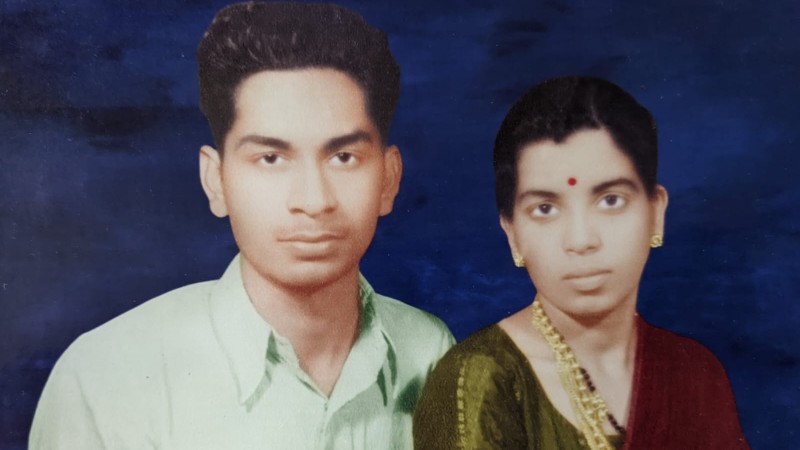

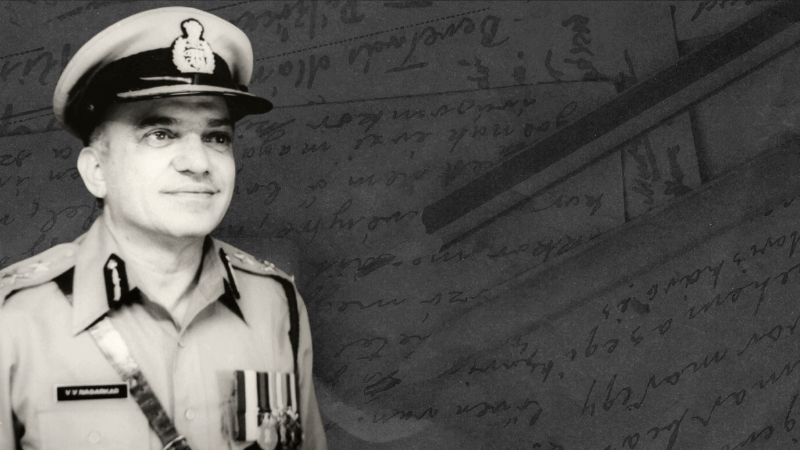
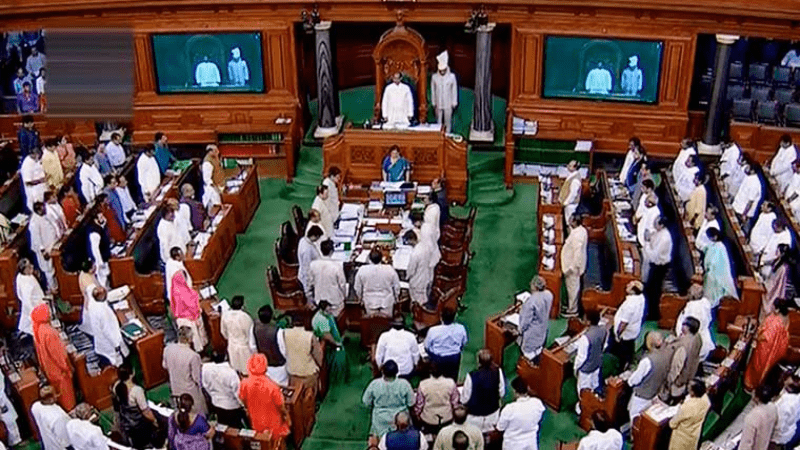

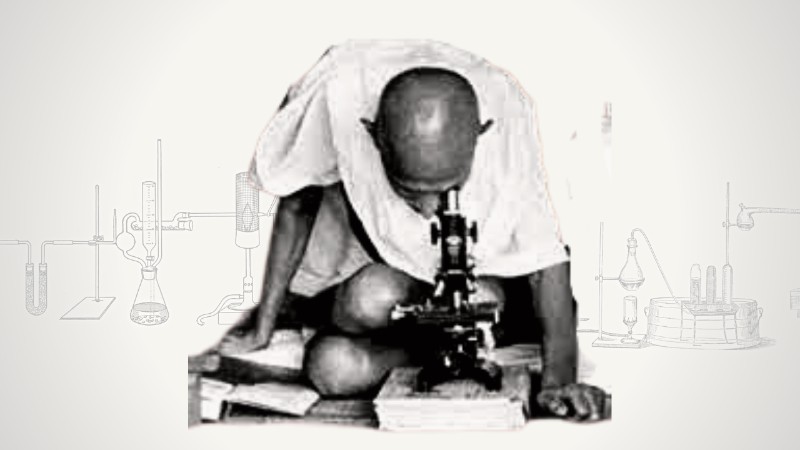
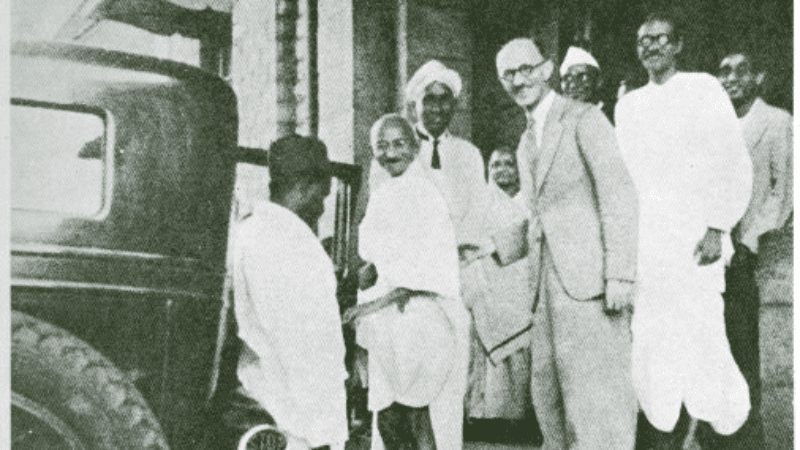

























Add Comment